What size frame for 12×18 print – When it comes to framing a 12×18 print, choosing the right size frame is crucial for both aesthetic and practical reasons. This comprehensive guide will delve into the ideal frame size ratio, matting considerations, frame style and material, color selection, frame depth, glazing options, hanging considerations, preservation and protection, and the benefits of custom framing for a 12×18 print.
With a wealth of expert insights and practical tips, this guide will empower you to make informed decisions and create a stunning display for your cherished print.
Frame Size Proportions
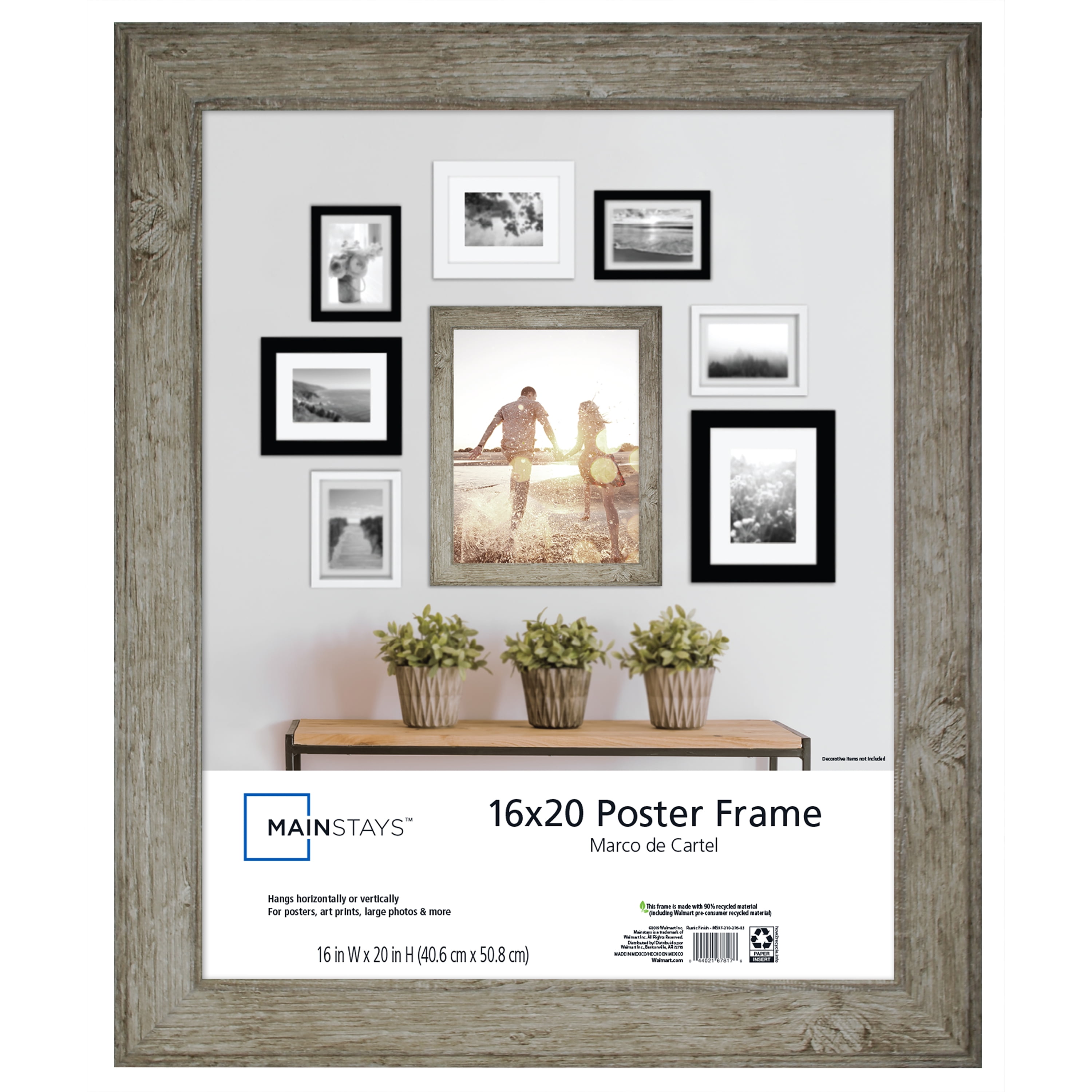
The ideal frame size ratio for a 12×18 print is 1.5:1, which means the frame should be 1.5 times wider than it is tall. This ratio creates a balanced and visually appealing look for the print.
Appropriate frame dimensions for a 12×18 print include:
- 16×24 inches
- 18×27 inches
- 20×30 inches
Matting Considerations
Matting serves multiple purposes for a 12×18 print. It enhances the visual appeal by adding a border around the image, creating a more polished and professional presentation. Matting also protects the print from dirt, dust, and moisture, ensuring its longevity.
Additionally, it can help prevent the print from sticking to the glass of the frame, reducing the risk of damage.
Mat Sizes
Mat sizes vary depending on the desired effect. A narrow mat, typically around 2 inches wide, provides a subtle border that complements the print without overpowering it. A wider mat, ranging from 4 to 6 inches, creates a more dramatic effect, drawing attention to the print and making it the focal point of the display.
Frame Style and Material
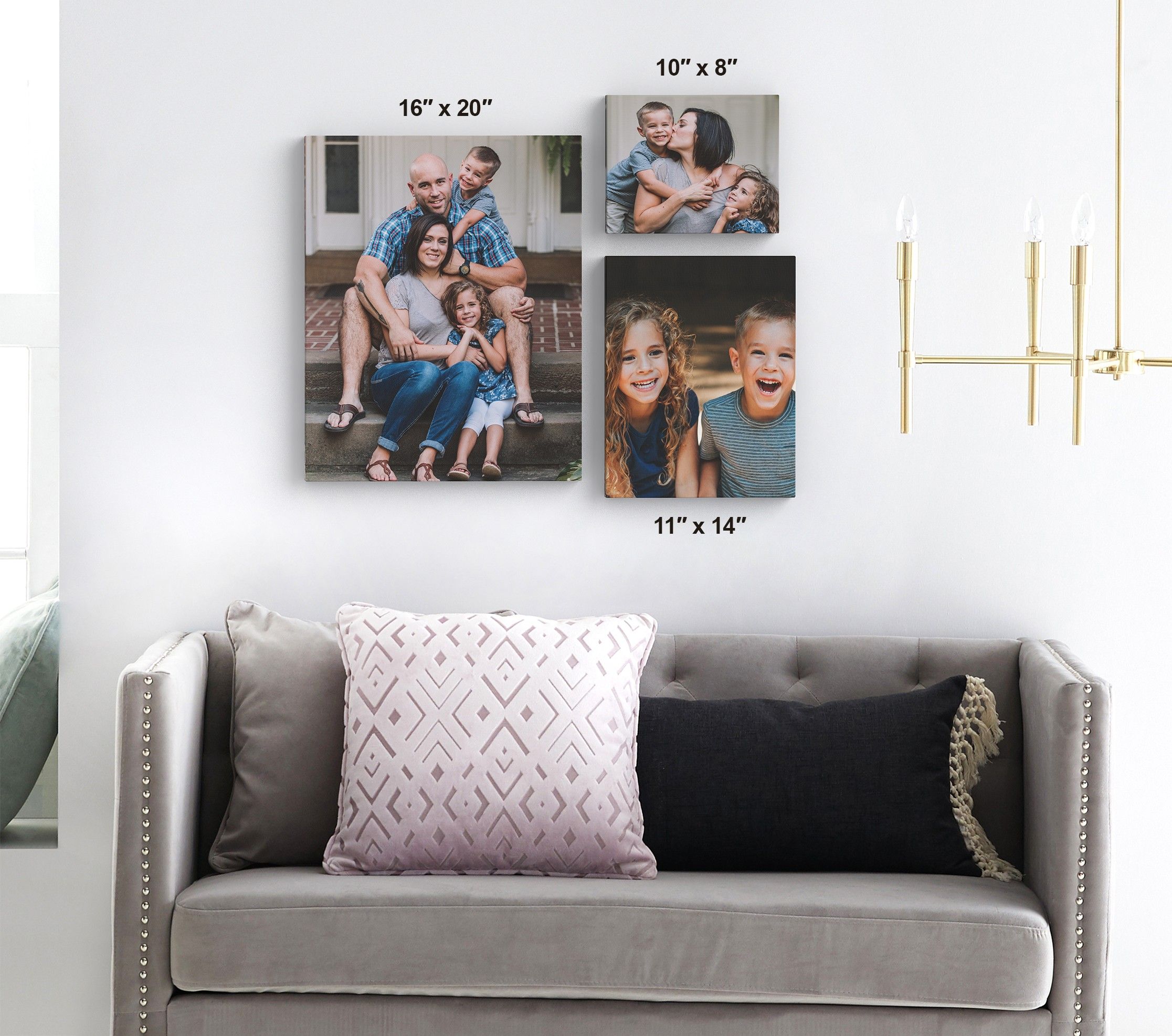
Suitable Frame Styles for a 12×18 Print
The frame style for a 12×18 print should complement the print’s style and the surrounding décor. For traditional or classic prints, ornate frames with intricate carvings or gilded finishes can enhance the artwork. For contemporary or modern prints, sleek, minimalist frames with clean lines and simple profiles can create a sophisticated look.
When selecting a frame for a 12×18 print, consider the print’s style, colors, and intended placement. A suitable frame size might be 16×20 or 18×22, allowing for a 2-inch mat border. Explore the benefits of print on demand services is print on demand worth it to determine if they align with your printing needs.
By understanding the nuances of framing and print on demand, you can make informed decisions that enhance the presentation and preservation of your 12×18 print.
Advantages and Disadvantages of Different Frame Materials
The choice of frame material depends on factors such as durability, cost, and aesthetics. Wood:Wood frames offer a timeless and elegant look. They are durable and can be stained or painted to match any décor. However, wood frames can be more expensive than other materials and may require maintenance over time.
Metal:Metal frames are lightweight and durable. They come in various finishes, including brushed, polished, and anodized. Metal frames can be a good choice for modern or industrial-style prints. However, they may not be as versatile as wood frames and can sometimes appear cold or sterile.
Plastic:Plastic frames are lightweight, inexpensive, and available in a wide range of colors and styles. They are easy to clean and maintain. However, plastic frames may not be as durable as wood or metal frames and can appear cheap or flimsy.
Color Selection
Color theory plays a crucial role in frame color selection, as it guides the choice of colors that complement the print and enhance its visual impact. The principles of color theory involve understanding the color wheel, which consists of primary, secondary, and tertiary colors.
Primary colors (red, yellow, and blue) are the foundation of all other colors, while secondary colors (green, orange, and purple) are created by mixing primary colors. Tertiary colors are formed by mixing a primary and a secondary color, such as yellow-green, blue-green, and red-violet.
When selecting a frame color, consider the print’s color scheme and the overall décor of the space where it will be displayed. Warm colors, such as red, orange, and yellow, create a sense of energy and warmth, while cool colors, such as blue, green, and purple, evoke feelings of tranquility and serenity.
Neutral colors, such as black, white, and gray, provide a versatile backdrop that complements any print style.
Recommended Frame Colors for Different Print Styles
- Black and White Prints:Black, white, or gray frames create a classic and elegant look that complements the timeless appeal of black and white prints.
- Color Prints:Frames in colors that complement the dominant hues in the print, such as blue, green, or red, enhance the vibrancy and impact of the image.
- Vintage Prints:Antique gold, silver, or distressed wood frames add a touch of nostalgia and charm to vintage prints, evoking the era in which they were created.
- Modern Prints:Sleek and contemporary frames in metallic finishes, such as gold, silver, or bronze, complement the sharp lines and bold colors of modern prints.
- Abstract Prints:Frames in neutral colors, such as white, black, or gray, allow the abstract elements of the print to take center stage without overpowering them with competing colors.
“Color theory is essential in frame color selection, as it helps create harmonious relationships between the print, frame, and surrounding décor. By understanding the principles of color theory, you can enhance the visual impact of your framed artwork and create a cohesive and visually appealing display.”
– Sarah M. Johnson, Art Historian and Curator
Frame Depth
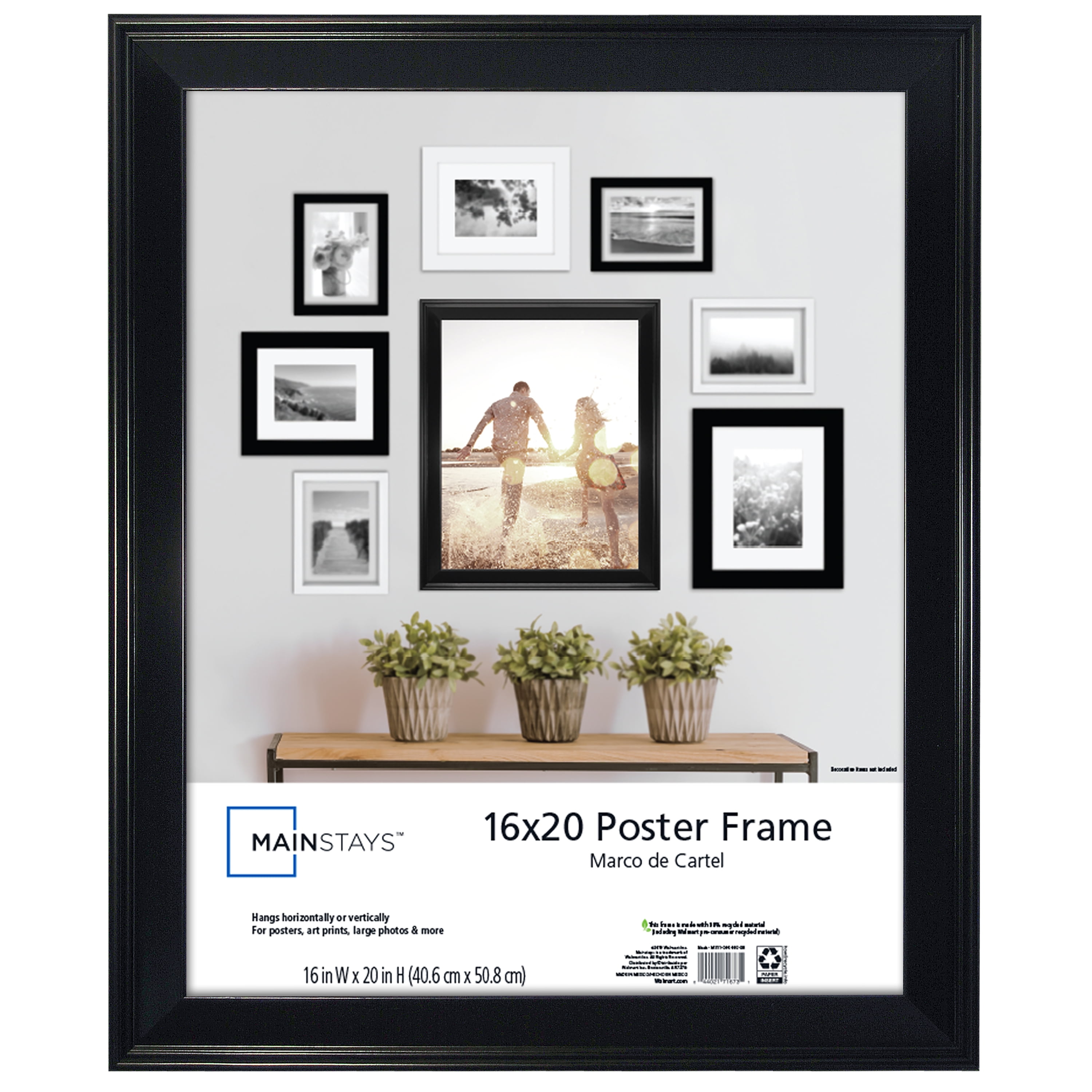
Frame depth significantly influences the overall appearance of a 12×18 print. A deeper frame creates a more pronounced border around the print, drawing attention to it and enhancing its visual impact. Conversely, a shallower frame provides a more subtle border, allowing the print to blend seamlessly with its surroundings.
The appropriate frame depth depends on the size and style of the print. For larger prints, a deeper frame is generally more suitable as it provides a more substantial border and helps to balance the print’s size. Smaller prints, on the other hand, may look overwhelmed by a deep frame and are better suited to shallower frames.
Recommended Frame Depths
The following table provides recommended frame depths for different print sizes and styles:
| Print Size | Frame Depth (inches) |
|---|---|
| 12×18 | 1.5-2 |
| 16×20 | 2-2.5 |
| 20×24 | 2.5-3 |
| 24×36 | 3-3.5 |
Example:A 12×18 print with a 1.5-inch deep frame will have a more subtle border, allowing the print to blend more seamlessly with its surroundings. A 12×18 print with a 2-inch deep frame will have a more pronounced border, drawing more attention to the print and creating a stronger visual impact.
Glazing Options
Choosing the right glazing option is essential for protecting and enhancing your 12×18 print. There are several glazing options available, each with its own advantages and disadvantages:
Glass
- Pros:
- Excellent clarity and light transmission.
- Durable and scratch-resistant.
- Easy to clean.
- Cons:
- Heavier than other glazing options.
- Can break easily if mishandled.
- Can reflect light, creating glare.
Acrylic
- Pros:
- Lightweight and shatterproof.
- Less expensive than glass.
- Can be treated with UV protection to prevent fading.
- Cons:
- More prone to scratching than glass.
- Can yellow over time.
- Can produce static electricity, attracting dust.
Non-Glare
- Pros:
- Reduces glare and reflections.
- Enhances color accuracy and contrast.
- Protects the print from UV damage.
- Cons:
- Can be more expensive than other glazing options.
- May have a slightly textured surface.
- Can be difficult to clean.
Hanging Considerations
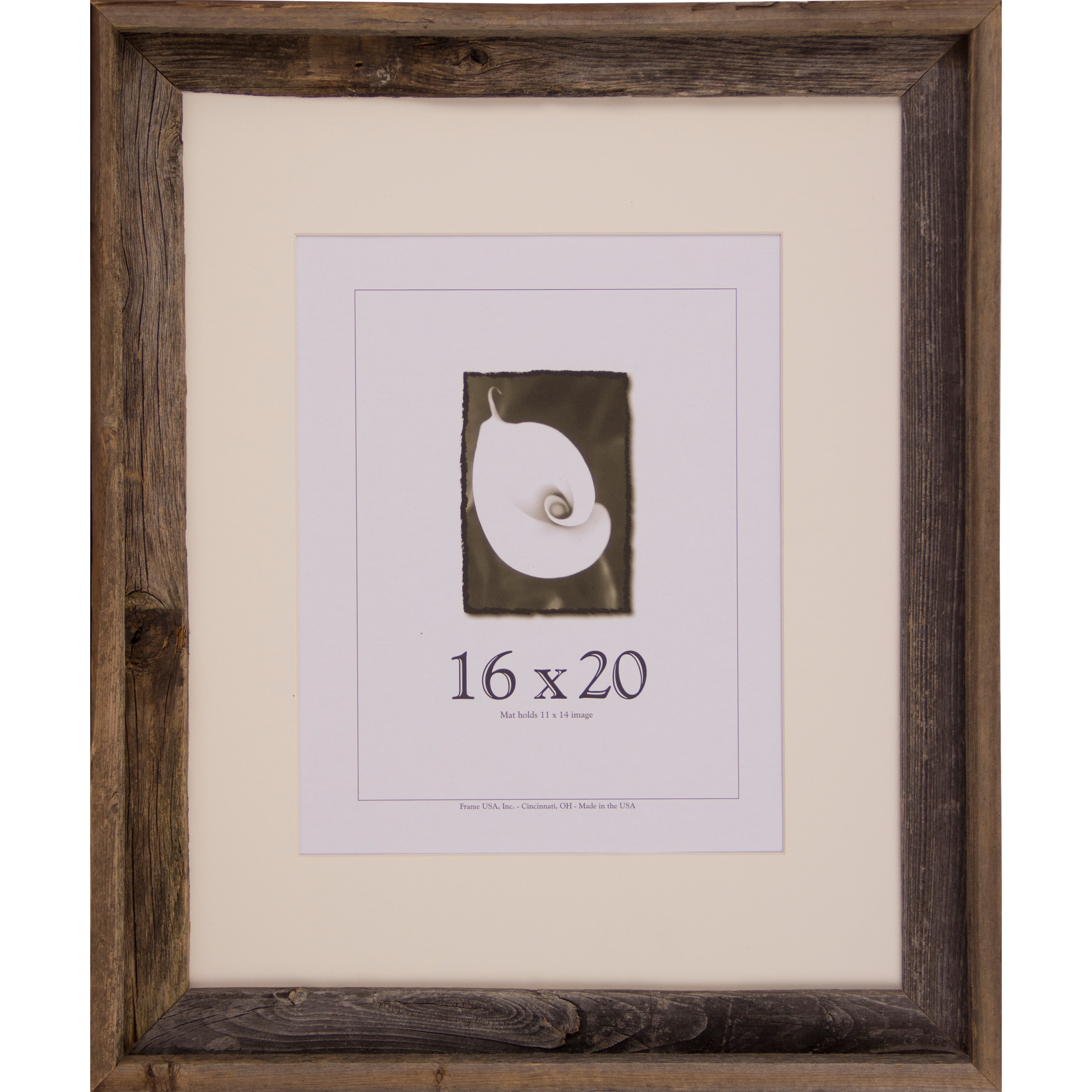
Hanging a framed 12×18 print securely and aesthetically requires careful planning and proper techniques. Different wall types and hanging methods have varying suitability, and safety considerations are paramount when dealing with heavy frames.
Hanging Methods
There are several methods for hanging a framed print, each with its advantages and disadvantages. The most common methods include:
- Picture wire:A flexible wire attached to the back of the frame that is looped over a hook or nail on the wall. Suitable for most wall types, but can be unstable for heavy frames.
- D-rings and sawtooth hangers:Metal rings or sawtooth brackets attached to the back of the frame that hook onto nails or screws. Provide more stability than picture wire, but may not be suitable for all wall types.
- French cleat:A pair of interlocking wooden or metal cleats, one attached to the back of the frame and the other to the wall. Offers the most secure and stable hanging method, but requires precise installation.
Wall Types
The type of wall you have will influence the choice of hanging method. Here are some considerations:
- Drywall:The most common wall type, drywall is suitable for most hanging methods, but may require special anchors for heavy frames.
- Plaster:Plaster walls are more delicate and require caution when hanging frames. Use picture wire or D-rings with small nails or screws.
- Brick:Brick walls require special masonry nails or anchors to support the weight of the frame.
- Concrete:Concrete walls are the most durable and can support heavy frames, but require specialized hardware for hanging.
Safety Considerations
When hanging heavy frames, safety is paramount. Consider the following:
- Use appropriate hardware:Ensure the hooks, nails, or anchors you use are rated for the weight of the frame.
- Hang securely:Double-check that the frame is securely attached to the wall and cannot fall.
- Avoid overloading:Do not hang multiple heavy frames on the same wall or in close proximity.
- Get help:If you are unsure about hanging a heavy frame, seek professional assistance.
Leveling the Frame
Once the frame is hung, it is important to level it for a professional appearance. Use a level or a plumb line to ensure the frame is straight both horizontally and vertically. Adjust the hanging hardware as needed to achieve a level position.
Preservation and Protection
Preserving and protecting a 12×18 print is crucial to ensure its longevity and prevent damage during framing. Proper handling and storage techniques can safeguard the print from deterioration, discoloration, and physical damage.
To enhance the aesthetics of a 12×18 print, selecting the appropriate frame size is crucial. A frame with a 1-2 inch border is generally recommended to maintain a balanced and visually appealing composition. For printing the image in black and white, you can refer to the comprehensive guide on how to print black and white on macbook.
Once the print is ready, choosing the right frame size will complete the presentation, allowing the artwork to make a stunning impact in any setting.
Handling
- Always wear clean, white cotton gloves when handling the print to avoid transferring oils or dirt.
- Hold the print by its edges or corners, avoiding contact with the image surface.
- Never fold or roll the print, as creases or tears can occur.
– Describe the advantages of custom framing a 12×18 print.
Custom framing offers numerous advantages for preserving and enhancing the value of a 12×18 print. It provides essential protection against dust, moisture, and UV damage, extending the print’s lifespan and preventing fading or discoloration. Moreover, custom framing complements the print’s aesthetic appeal, making it a focal point of any room and adding depth and visual interest.
Additionally, a well-framed print can increase in value over time, making it a worthwhile investment for collectors and art enthusiasts.
Affordable Framing Solutions
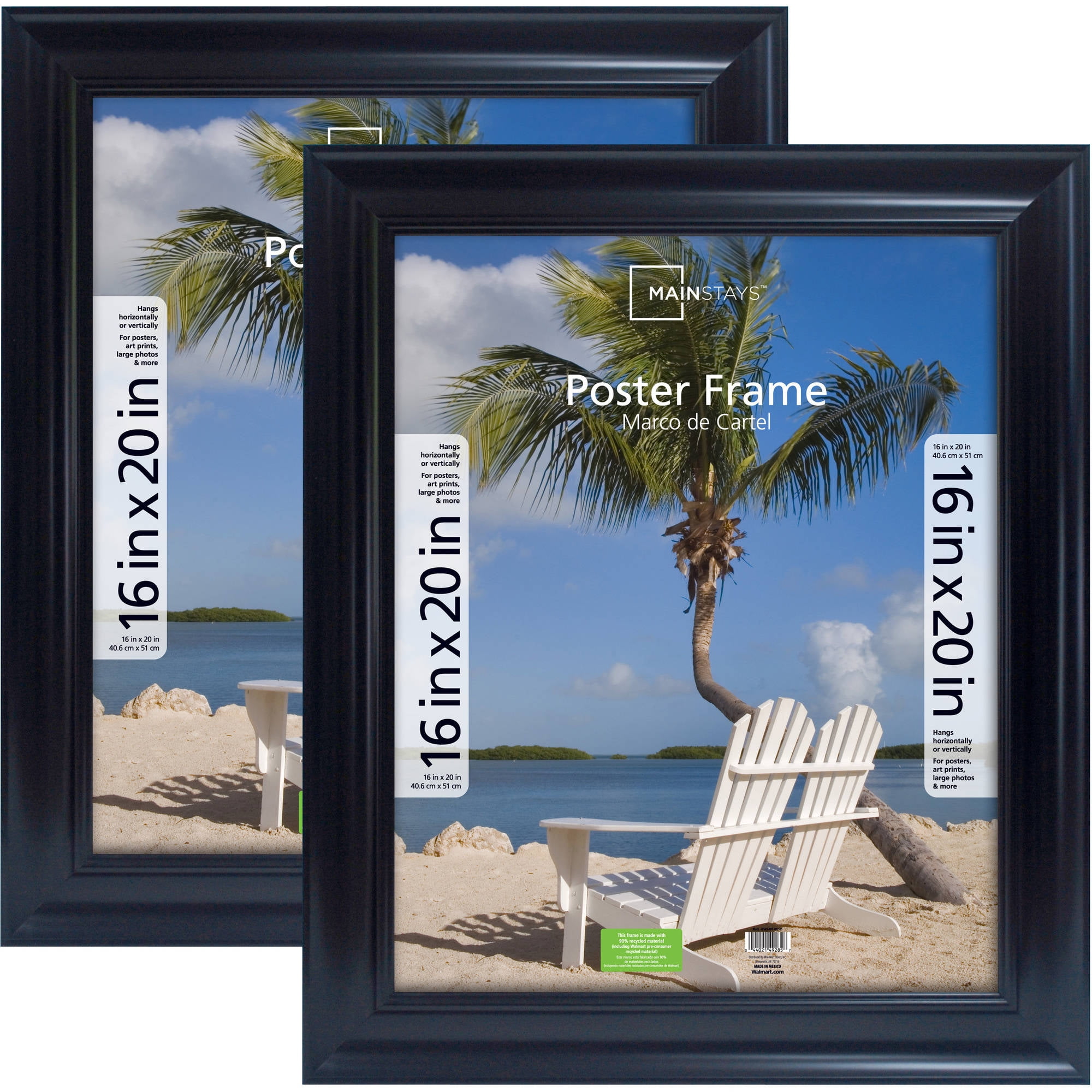
Framing a 12×18 print does not have to be expensive. There are several budget-friendly options available that can help you protect and display your artwork without breaking the bank.
Tips for Saving Money on Framing
- Shop around:Compare prices from different framing stores before making a decision. You may be able to find a better deal by shopping online or at a local art supply store.
- Use less expensive materials:Opt for less expensive framing materials, such as wood, metal, or plastic, instead of more expensive options like mahogany or oak.
- Get a pre-made frame:Pre-made frames are often less expensive than custom-made frames. They are available in a variety of sizes and styles, so you can find one that fits your needs.
- Frame it yourself:Framing a print yourself is a great way to save money. It is not difficult to do, and there are many resources available online that can help you get started.
Affordable Framing Materials
Here are a few examples of affordable framing materials:
- Wood:Wood is a classic framing material that is available in a variety of finishes. It is relatively inexpensive and easy to work with.
- Metal:Metal frames are durable and modern. They are available in a variety of finishes, including black, silver, and gold.
- Plastic:Plastic frames are lightweight and inexpensive. They are available in a variety of colors and styles.
Cost Comparison of Framing Options
The following table compares the cost and benefits of different framing options:| Framing Option | Cost | Benefits ||—|—|—|| Wood | $20-$50 | Classic, durable, easy to work with || Metal | $30-$60 | Modern, durable, available in a variety of finishes || Plastic | $10-$20 | Lightweight, inexpensive, available in a variety of colors and styles || Pre-made frame | $15-$30 | Less expensive than custom-made frames, available in a variety of sizes and styles || Frame it yourself | $10-$20 | Save money, easy to do |
How to Frame a Print Yourself
Framing a print yourself is a great way to save money. It is not difficult to do, and there are many resources available online that can help you get started.Here are a few tips for framing a print yourself:
- Choose the right frame:The frame should be the right size for your print and should complement the style of the artwork.
- Cut the mat:If you are using a mat, cut it to the size of the print. The mat should be slightly smaller than the print so that the print is centered in the frame.
- Assemble the frame:Place the print in the frame and secure it with the backing. Add the mat, if desired, and then secure the frame with the glass.
Online Framing Services: What Size Frame For 12×18 Print
Online framing services provide a convenient way to get your prints framed without having to leave the comfort of your home. These services typically offer a wide range of framing options, including different frame styles, matting options, and glazing options.
They also usually have a team of experts who can help you choose the right frame for your print and ensure that it is properly framed.
There are a number of benefits to using online framing services. First, they are convenient. You can order your frame online and have it shipped to your door. Second, they are affordable. Online framing services typically offer lower prices than traditional framing stores.
Third, they offer a wide range of framing options. You can choose from a variety of frame styles, matting options, and glazing options to find the perfect frame for your print.
However, there are also some drawbacks to using online framing services. First, you cannot see the frame in person before you order it. This can make it difficult to choose the right frame for your print. Second, you have to trust that the online framing service will do a good job of framing your print.
Third, you may have to pay for shipping.
Comparison of Different Online Framing Companies
There are a number of different online framing companies to choose from. Each company offers a different range of framing options and prices. Some of the most popular online framing companies include:
- Framebridge
- Simply Framed
- Artifact Uprising
- Minted
When choosing an online framing company, it is important to compare the different options and prices. You should also read reviews of the company to make sure that they are reputable.
How to Choose the Right Online Framing Service for Your Needs
When choosing an online framing service, there are a few things you should keep in mind:
- The size of your print
- The style of your print
- The budget you have for framing
Once you have considered these factors, you can start to narrow down your choices. Here are a few tips for choosing the right online framing service for your needs:
- Read reviews of the company.
- Compare the different framing options and prices.
- Choose a company that offers a guarantee on their work.
Table Comparing Different Online Framing Companies
| Company | Framing Options | Prices |
|---|---|---|
| Framebridge | Wide range of framing options, including custom framing | $30-$200 |
| Simply Framed | Simple and affordable framing options | $20-$100 |
| Artifact Uprising | High-quality framing options | $50-$300 |
| Minted | Unique and stylish framing options | $40-$200 |
Tips for Getting the Most Out of Your Online Framing Experience
- Take the time to choose the right frame for your print.
- Order a sample frame before you order the final frame.
- Make sure that the online framing service offers a guarantee on their work.
- Be patient. It may take a few weeks to receive your framed print.
DIY Framing s
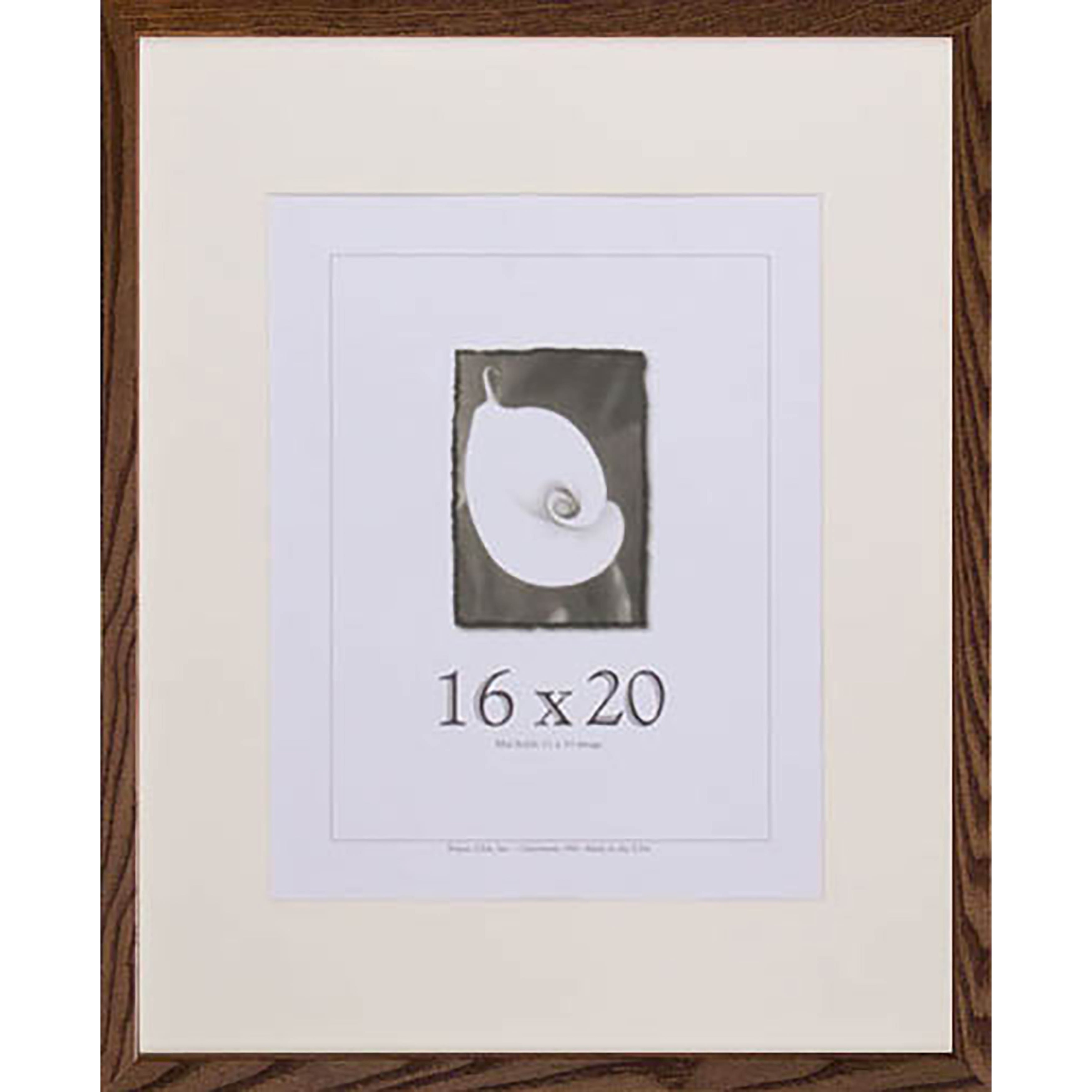
Framing a 12×18 print yourself is a rewarding and cost-effective way to preserve and display your artwork. With a few simple tools and materials, you can create a professional-looking frame that will enhance the beauty of your print.
Here are the steps involved in framing a 12×18 print:
Materials and Tools
- 12×18 frame
- 12×18 mat (optional)
- Framing points or nails
- Hammer or nail gun
- Measuring tape or ruler
- Pencil
- Framing square (optional)
- Glazing (optional)
- Framing adhesive (optional)
Steps, What size frame for 12×18 print
- Measure and mark the center of the frame and the mat (if using).
- Align the print with the center of the mat (if using) and secure it with framing points or nails.
- Place the matted print (or print directly if not using a mat) into the frame.
- Secure the print in place with framing points or nails.
- Insert glazing (if desired) and secure it with framing points or nails.
- Attach the backing to the frame and secure it with framing points or nails.
Here are some helpful tips for framing a 12×18 print:
- Use a framing square to ensure that the frame is square.
- If you are using a mat, make sure that it is the correct size for the print.
- Use framing points or nails that are the correct size for the frame.
- Be careful not to over-tighten the framing points or nails.
- If you are using glazing, make sure that it is the correct size for the frame.
- Use framing adhesive to secure the glazing in place.
Framing a 12×18 print yourself is a simple and rewarding project. With a little care and attention, you can create a professional-looking frame that will enhance the beauty of your print.
Inspiration and Design Ideas
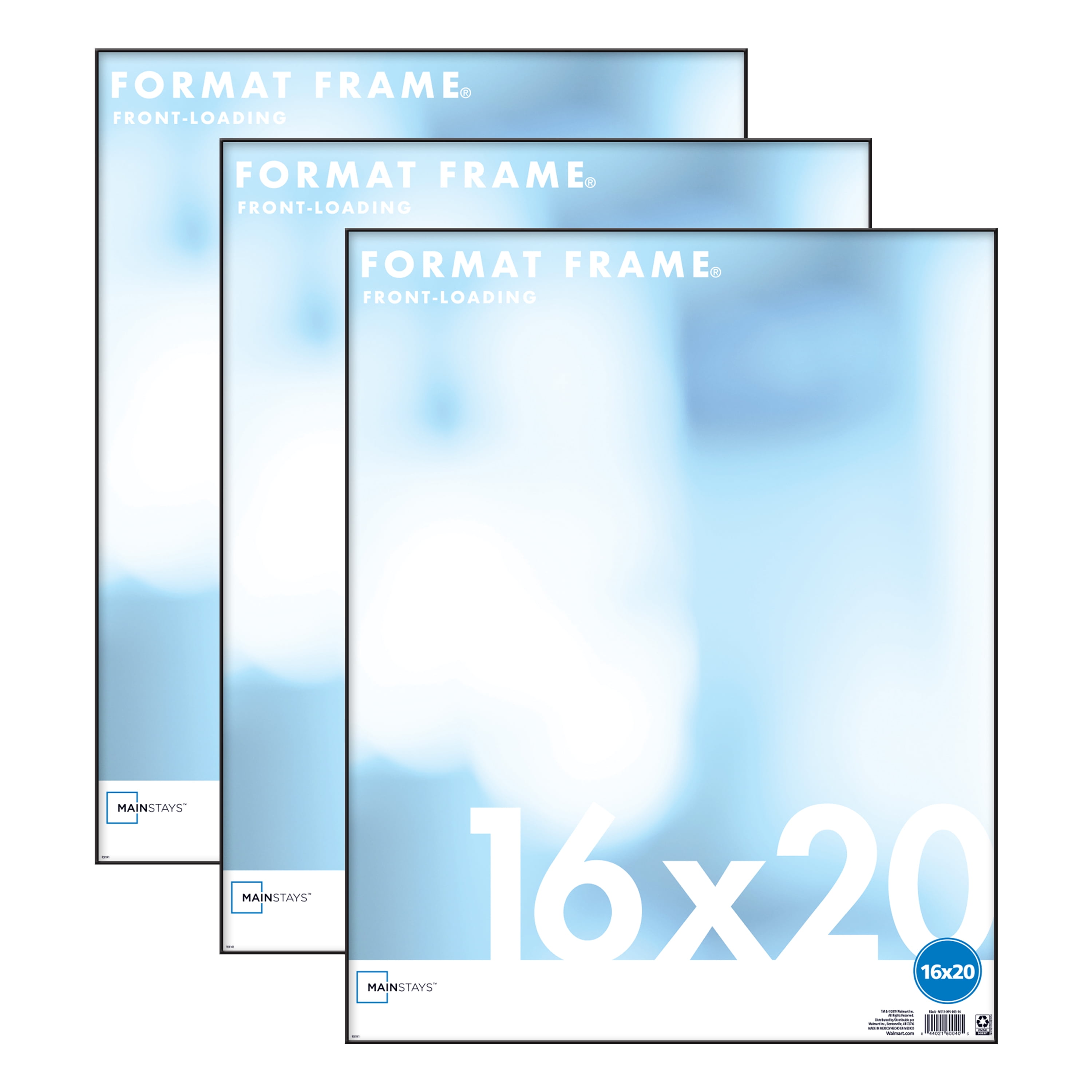
Framing a 12×18 print can elevate its visual appeal and complement the décor of any room. Explore a gallery of framed prints in various styles and settings to inspire your design choices.
Gallery Showcase
Visualize the impact of different frame styles and matting options on your print. Browse a collection of framed 12×18 prints displayed in diverse environments, from classic to contemporary. Observe how the frame complements the artwork and enhances the overall aesthetic.
Design Inspiration
Consider the following design ideas to create a visually striking display for your 12×18 print:
- Choose a frame that complements the print’s color palette and subject matter.
- Use a mat to add depth and draw attention to the print.
- Experiment with different frame styles, such as ornate, minimalist, or rustic, to match your décor.
- Consider the placement of the print in the room and how the frame will interact with the surroundings.
By incorporating these design principles, you can create a framed 12×18 print that showcases your artwork and enhances the ambiance of your space.
Troubleshooting Common Issues
When framing a 12×18 print, certain problems may arise. Here are some common issues and their solutions:
Misalignment
- Ensure the print is centered within the frame. Use a ruler or measuring tape to measure and adjust the placement.
- Check if the frame is square. Place it on a flat surface and use a level to ensure all sides are even.
Glass Glare
- Use non-glare glass or acrylic to reduce reflections and enhance print visibility.
- Position the frame away from direct light sources to minimize glare.
Dust and Debris
- Clean the frame and glass regularly using a soft, dry cloth.
- Consider using a frame with a dust cover to protect the print from dust accumulation.
Fading
- Choose a frame with UV-protective glass or acrylic to prevent the print from fading due to sunlight exposure.
- Hang the frame in a location with indirect or filtered light.
Moisture Damage
- Avoid hanging the frame in areas with high humidity, such as bathrooms or kitchens.
- Consider using a moisture-resistant frame or mat board to protect the print from moisture damage.
Incorrect Matting
- Ensure the mat board is the correct size for the print and frame.
- Use acid-free mat board to prevent damage to the print over time.
- Choose a mat color that complements the print and enhances its visual appeal.
Loose Frame
- Tighten the screws or nails that secure the frame together.
- Use corner braces or L-brackets to reinforce the corners of the frame.
Helpful Answers
What is the ideal frame size ratio for a 12×18 print?
For a 12×18 print, a frame with a 2-inch to 3-inch border is generally recommended, resulting in a frame size of 16×22 or 17×23.
What are the benefits of using a mat for a 12×18 print?
A mat adds depth and visual interest to the print, prevents the print from sticking to the glass, and protects it from moisture and dust.
What frame styles are suitable for a 12×18 print?
The frame style should complement the print’s style and the overall décor. Popular choices for a 12×18 print include traditional wooden frames, modern metal frames, and ornate gold or silver frames.
How do I choose the right color for the frame?
Consider the colors in the print and the surrounding décor. Neutral colors like black, white, or gray are versatile options, while bolder colors can create a statement.
What are the different glazing options available for framing a 12×18 print?
Glass is the most common glazing option, but acrylic and non-glare glass offer advantages such as lighter weight, UV protection, and reduced glare.


